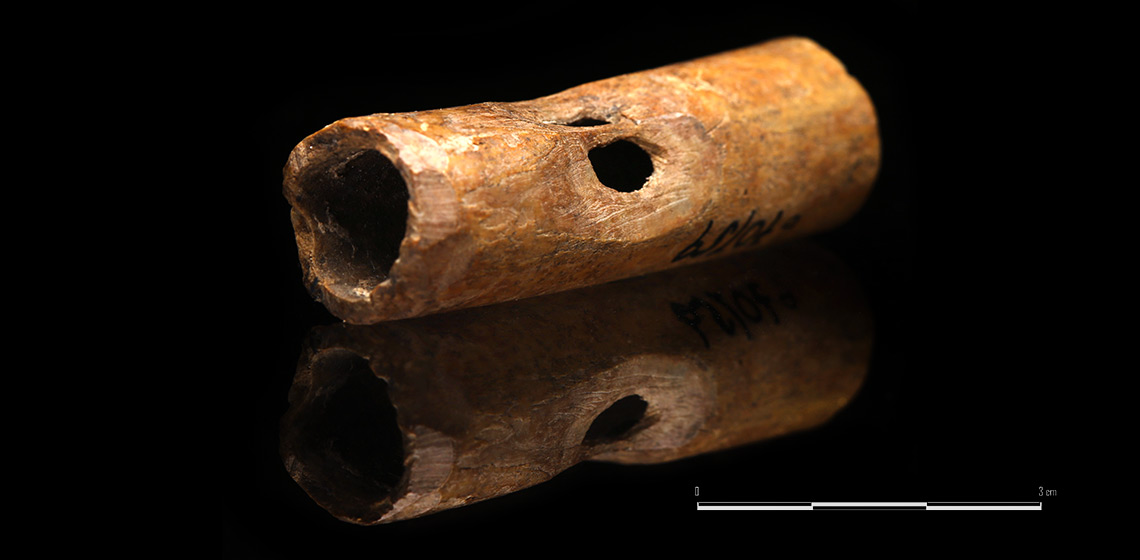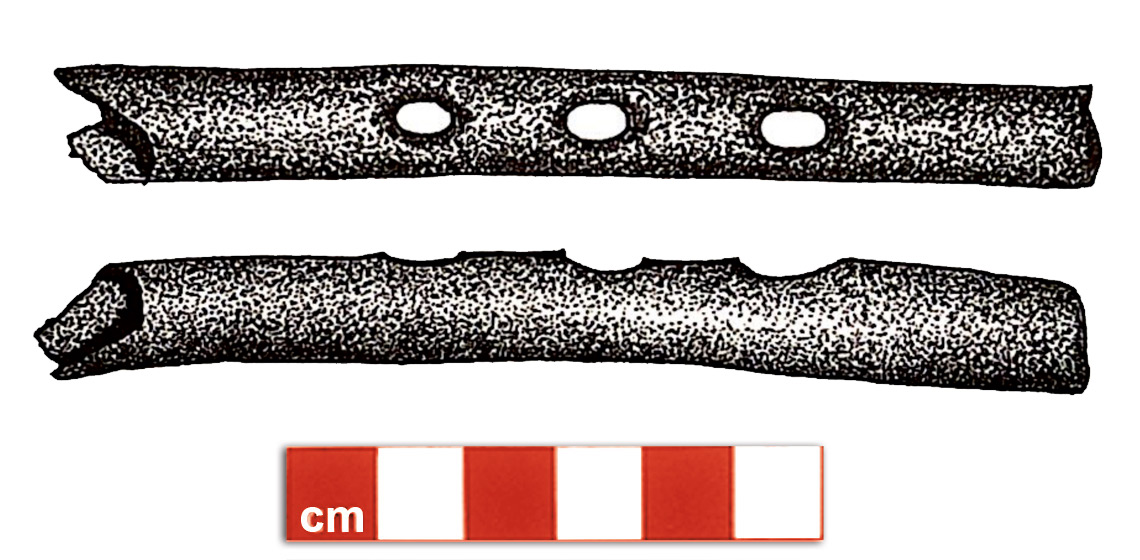Featured in the EXARC Journal
Experimental Archaeology
Early Medieval Bone Pipes: Understanding the Sounds of These Instruments through Reconstruction
Introduction
Bone pipes dating from both the early and late medieval period have been found in the archaeological record from across central and Northern Europe such as in: The Netherlands (Tamboer, 2004), Denmark, Sweden (Lund, 1981a), Poland (Poplawska, 1998), Latvia (Urtan, 1970) and Estonia (Oras, 2015) (Tamboer and Rainio, 2020). One of the first comprehensive studies of these instruments as a whole is that by Brade, published in 1975.




